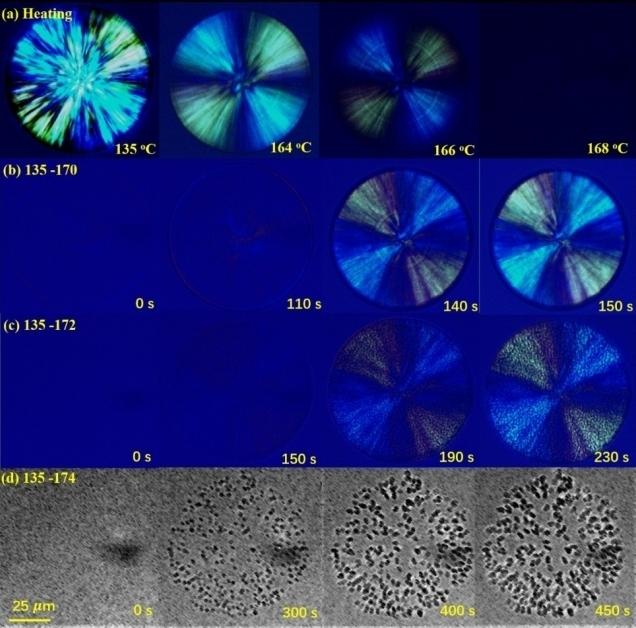
Credit: LI Xiangyang
Different from small molecules, polymer will fold into lamellar crystals during crystallization and further assemble into lamellar stacks.
Synchrotron Small-Angle X-Ray Scattering (SAXS) is an important tool to characterize such nanoscale structure and understand polymer crystallization. However, its scattering mechanism in semi-crystalline polymers is not completely elucidated yet.
Recently, a research group led by Prof. TIAN Xingyou from Institute of Solid State Physics, Hefei Institutes of Physical Science (HFIPS), proposed a complete set of new methods to characterize polymer lamellar crystals using SAXS.
“We’ve been working on this novel models for four years, from theory to application” said LI Xiangyang from HFIPS.
In 2019, the researchers first found that the existence of evanescent wave-induced scattering in transmission SAXS was possible. Moreover, the evanescent wave-induced scattering was much stronger than the scattering induced directly by incident X-ray, and the scattering of interfacial electrons within was the main origin of SAXS signal.
Then they started to try the approaches to obtain lamellar thickness, long period and lateral size. “Based on new SAXS image, we isolated the evanescent wave-induced scattering from the real scattering and reduced the influence of the scattering of bulk electrons, form factor and Porod scattering, obtaining the information on lamellar thickness and long period,” said LI.
It was assumed that some residual crystals existed in the structured melt, whose lateral size is larger than critical nucleation size. However, it is hard to be testified due to the difficulty in characterization. With the new methodologies, the researchers characterized residual crystals, demonstrating previous conjecture.
This work is supported by the National Natural Science Foundation of China.
###
Media Contact
ZHAO Weiwei
[email protected]
Original Source
http://english.
Related Journal Article
http://dx.




